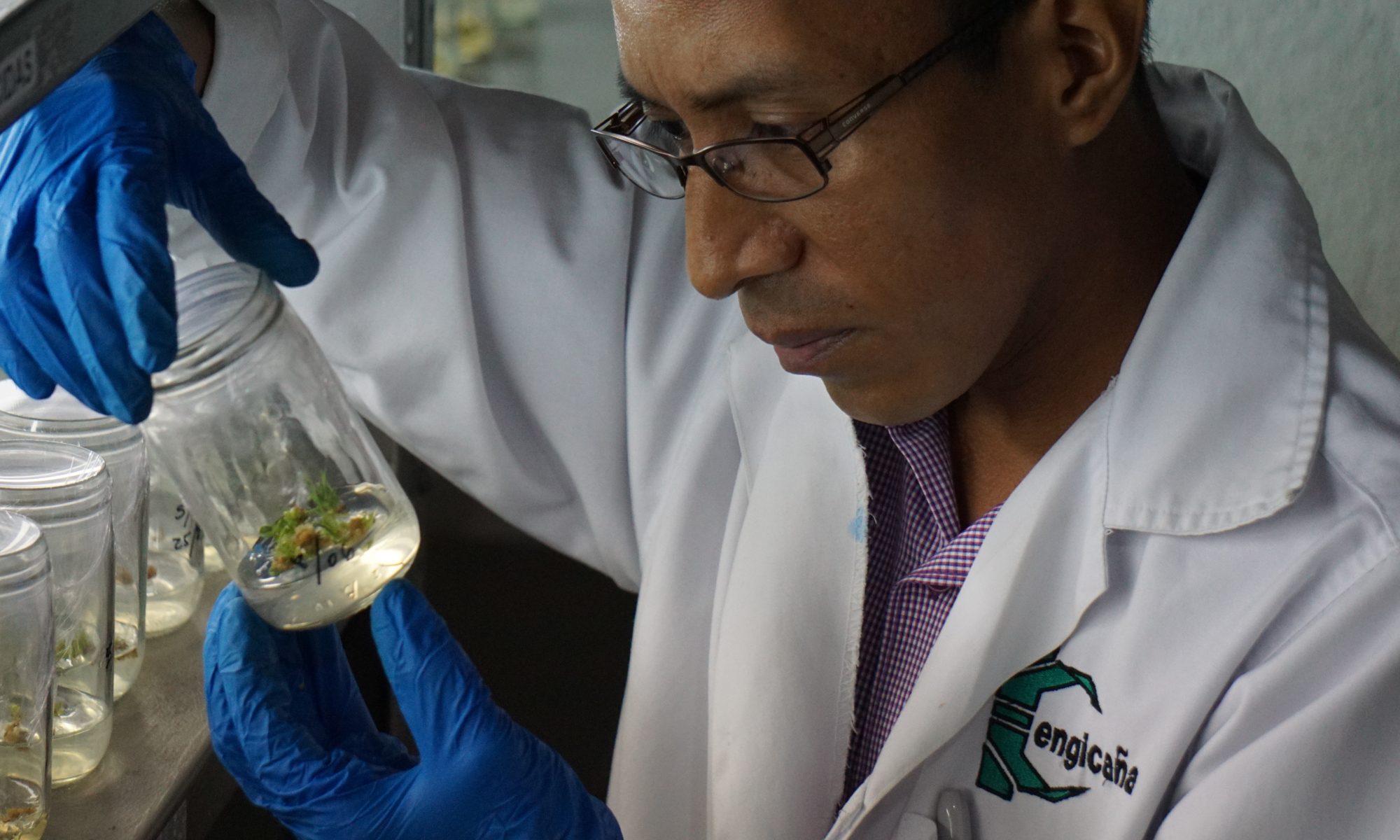Facing Climate Change challenges
The climate change is a challenge that the world faces today, and the Guatemalan Sugar Industry is aware of that, and has taken measures to face it.
One of the ways has been research. In this field the scientists of the Guatemalan Research Center of the Sugar Cane –Cengicaña in Spanish-, have developed new sugarcane varieties resistant to pest, diseases and water stress in order to adapt to the conditions of every specific region, where the sugarcane grows.
Also, given the impact of Climate Change, the sugar Agroindustry has implemented practices to reduce water consumption, and the use of water in agricultural processes has been reduced through the implementation of more efficient irrigation systems, as well as the use of new technologies and processes such as the dry cleaning of the sugar cane when it reaches the mills. Only this saves millions of gallons of water.
Some mills in Guatemala have reduced in 99 per cent the use of water in specific processes; meanwhile the industrial waste water produced is sent to treatment and then since it´s loaded with nutrients is used to ferti irrigation systems, back at the fields.
In addition, with the support of the Guatemalan Climate Change Institute –ICC in Spanish- the Sugar Industry has planted 3.4 million trees since 2011, and this year the goal is 1 million dollars.








